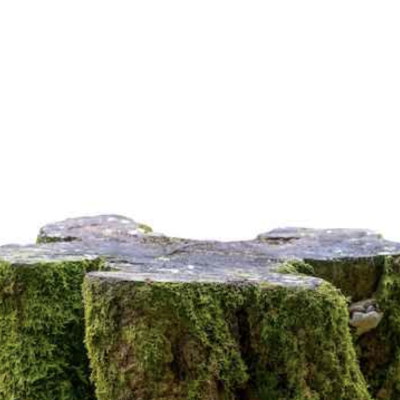Researchers in the United States have discovered that bacteria can survive in extreme conditions in the Atacama Desert in Chile. The bacteria were found to release water from gypsum crystals in rocks by using acid to dissolve them. Gypsum, also known as gypsum spar, is a mineral made up of calcium sulfate and water. The rocks in the Atacama Desert contain gypsum in a lattice structure. When the water molecules in the lattice structure are released due to high temperatures and acidic pH levels, the gypsum is left behind in the form of anhydrite. The researchers found that microbes in the Atacama Desert use the rocks not only to protect themselves from the extreme sunlight but also as a source of water.
The cyanobacteria inside the rocks cover the crystal surfaces with an acidic biofilm, which releases the crystal water. Spectroscopic and microscopic analyses of rock samples from the desert showed that anhydrous gypsum was only present where the bacteria were growing. Further laboratory experiments showed that the crystal structure of the rocks changed only when the bacteria had no other access to water. The more bacteria there were in the rock under these conditions, the more water was released. When the bacteria had access to a nutrient solution, the gypsum structures in the rock remained unchanged. The researchers believe that these findings could be useful in developing new water storage technologies in the future, perhaps not for use on Earth, but for technologies on other planets.
The discovery of bacteria that can survive in such extreme conditions is significant as it expands our understanding of the limits of life on Earth and beyond. The ability to extract water from rocks could be useful in areas where water is scarce, such as deserts or other planets. The researchers’ findings could also have implications for the search for extraterrestrial life, as it shows that life can exist in conditions that were previously thought to be uninhabitable. The study highlights the importance of exploring extreme environments to gain a better understanding of the potential for life in the universe.
PNAS










